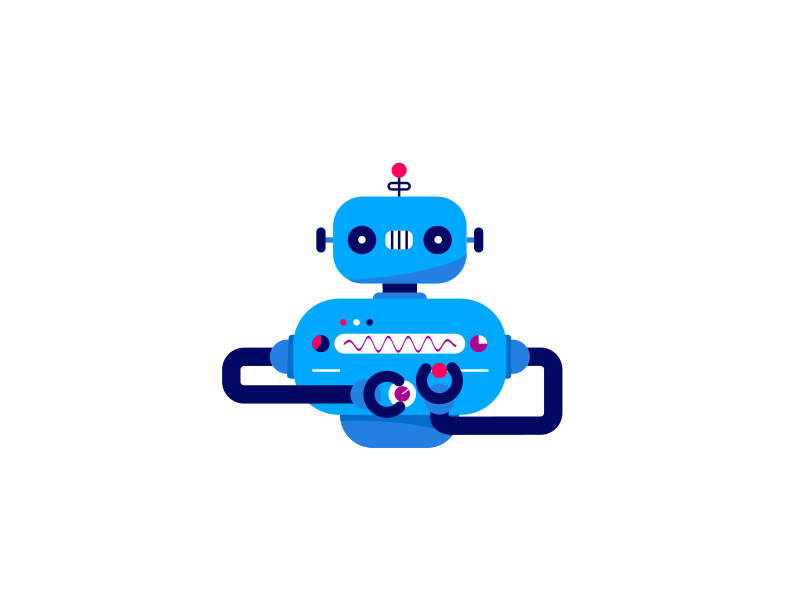People Don’t Buy Products, They Buy Better Versions of Themselves
Digital product creators all over the world are bothered by the same question – how to build for continuity? How to create a product loved not only for a while but conquering customers’ hearts over the decades. The answer is simple. Most of them come to the point that product-thinking is problem-solving.
Indeed, a successful product is the one addressing actual customer problems. You should continuously develop the product, keep it flexible, and easily adjustable for customer fast-changing needs and problems. Otherwise, it quickly loses its position in the market. It is the #1 secret behind product success. However, there is also secret #2: creating products that make consumers better versions of themselves.
“Be great at what you do,” – says LinkedIn. “Remember everything,” – says Evernote. “The future of health is on your wrist,”– says Apple Watch. “Designed to keep you selling,” – says Pipedrive. These brands know this secret. Are you sure you do? Here we consider how to apply it to product development and make your brand hit the count of industry game-changers.
Top Product Development Strategy – HUMAN.

The backbone of every product development strategy is the consumer. End-users are the main product inspirators. Their needs and challenges give the beginning to the product idea in the creator’s mind. At least, they should be. The product that solves real problems of real people has good chances for success, unlike the one born in your head only or in your team’s collective mind.
Brands start with an MVP (a minimum viable product) to see how their product resonates with the target market. It’s a simplified version of the product with core functionality that is usually launched to the market to define whether the product will match the customer’s reality, solve existing user problems, and address real needs. It allows product creators to validate their ideas, adjust them to the market demand, or give them up without losing a lot of money.
Research target user problems and needs
If you want to build a successful product that serves the needs of modern humanity, target audience research is the first and required step in the product development journey. It provides an understanding of how your product can empower users to overcome their daily limitations and become better versions of themselves.
Who are the people you’re going to create your product for? Where do they live? What do they breathe and think of? What does engage, bother, and excite them? What problems do they experience? And the crucial question: how can your product make them SUPER-humans who can now solve their problem faster, more effectively, and easily? Give them the feeling of specialty and belonging to something higher than daily routine.
Give them the solution they couldn’t even imagine

While we talk about the significance of building the product according to consumer needs, some experienced product creators say that asking consumers about what they want is not the best option. People have needs and problems, yes. However, they probably don’t know exactly what they want until you show it to them.
If your product meets their wants and needs, it is good. But, it’s not the destine of great products. The great product exceeds consumer expectations and gives them more, something they couldn’t even imagine before.
“You can’t just ask customers what they want and then try to give that to them. By the time you get it built, they’ll want something new.” – Steve Jobs
Such a product shows people new opportunities for self-evolution and becoming better versions of themselves. And even better than they could imagine before.
A Great Digital Product? It Turns Us Into Cyborgs, But More Empathic Ones
The great digital product turns people into cyborgs by augmenting their natural capabilities with innovative technologies and unlocking many new opportunities for better living. It helps them do more, faster, and more easily they could ever imagine. Whether it’s a mobile app, digital tool, or web portal, the primary mission of all modern digital products is nearly the same – to empower us.
The traditional understanding of “natural existence” stays far behind a modern human. The world and nature have changed, and we should do too, letting unique tech innovations pour into our lives. A great digital product makes the user an empathy-driven cyborg that can do more, feel more, and think wider, considering the importance of all and everyone in our globalized society.
What Does Product Development Mean Indeed?
Product development is the complex process in which the brand, the product, and the consumer are equal stakeholders. The product idea wouldn’t appear if there weren’t the consumer need for it. Consequently, the product idea finds its implementor in the global informational space.
The ideas are soaring in the global subconsciousness and matching with the right people to be implemented. Thus, the brand is the idea implementor, the product is an implemented idea itself, and the consumer is the one who benefits from the implemented idea, use it to amplify opportunities and evolve current needs that will become the beginning of new products in the future. It’s the perpetual motion machine driving our development as human beings.
Empathy: The Glue Sticking The Brand, Product, and End-User Together
“Why does modern product design need more empathy? Because product ideators and designers aim to move away from mass consumerism. Now we care about how to make the product user experience more «human» and personalized.” – Fireart product designers in their e-book “Business-Driven Digital Product Design”.

Building a great, human-oriented product requires the creator to empathize with end-users, co-experience their challenges and needs, and make the solution from their perspective. Otherwise, the product will be just the pretty-looking mechanics that bring zero-value to end-users. Even if it delivers some average functionality like many others without bringing the extra-value based on empathy with users, it will be quickly forgotten.
How to Build a Product Making People Better
Be dedicated to what you do, as you always create the continuation of yourself. Or your better version. Consumers expect the same from the products they buy. If your product idea can deliver this mission, it’s great! However, if you realize that it doesn’t, don’t be afraid to reject your product idea timely.
“If [during the in-depth market and product research], you find out that your product doesn’t bring extra-value to your target audience and isn’t in demand, it’s better to rethink or even give up your product idea at the right moment. It will help you save a lot of precious time communicating with investors that will likely notice the same issues and reject funding your project.
Ask yourself as many questions as you can before pitching your product to investors. And be ready to answer them because investors will surely ask them too.” – said Dima Venglinski, Founder of Fireart Studio, in the context of the question on how to pitch a product idea to investors successfully. However, his answer perfectly communicates the message that every product creator should accept and realize to become successful.
We’re The Creators. Not Mass Manufacturers
Modern markets don’t need more stuff but more genuine art and humanity. We all strive to interact with “the pieces of creation,” not just goods that perform some average functions. It’s been my brief message to startups and product creators. We all are the creator’s community. Are you in?
The article first appeared on Business2Community





















